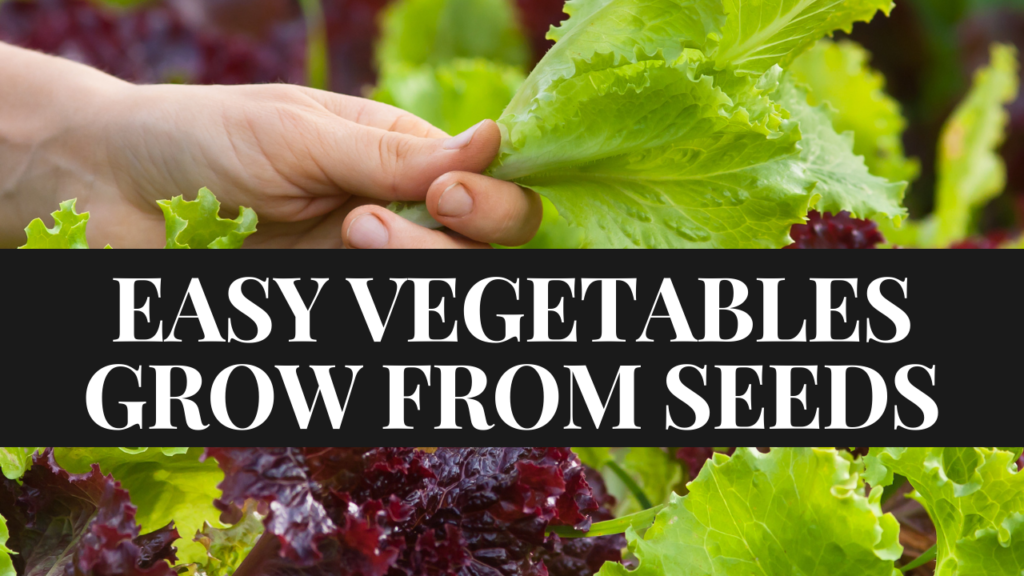Here’s a list of the 10 easiest edibles to grow from seed:
10. Pumpkins.
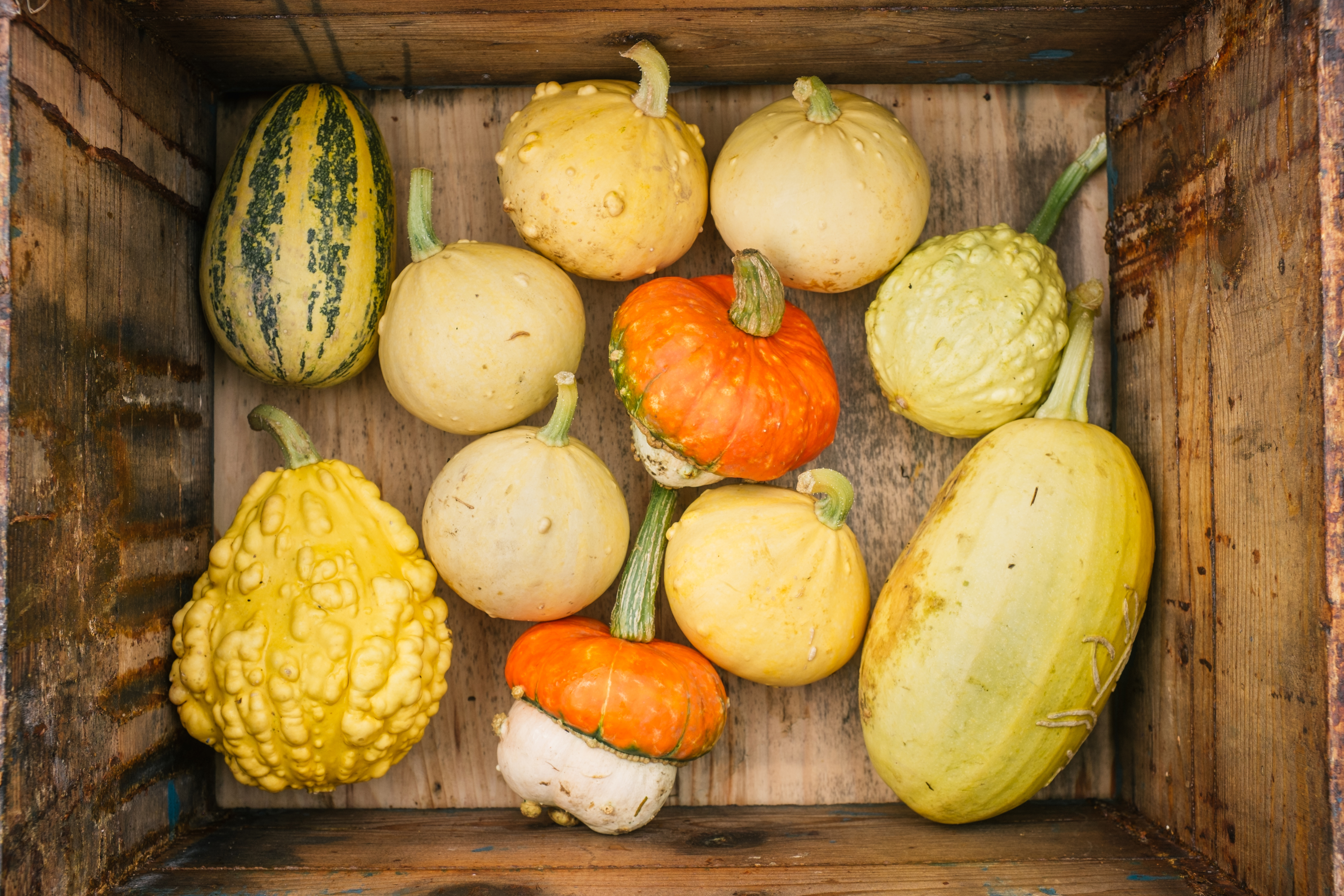
Pumpkins are easy to grow and need very little upkeep (especially following these tips). Sow seeds in pots undercover in mid-spring and transplant them into their final growing location once frost season has passed. The plants will spread over the field, and each plant will produce many fruits.
Cut off the pumpkin as soon as the plant begins to die, but make sure to leave a portion of the stalk attached. Extra pumpkin growing tips involve lifting the pumpkin off the ground at the end of the summer to keep it from rotting and keeping it out in the sun for a few days after harvesting to harden the skin.
9. Radishes.
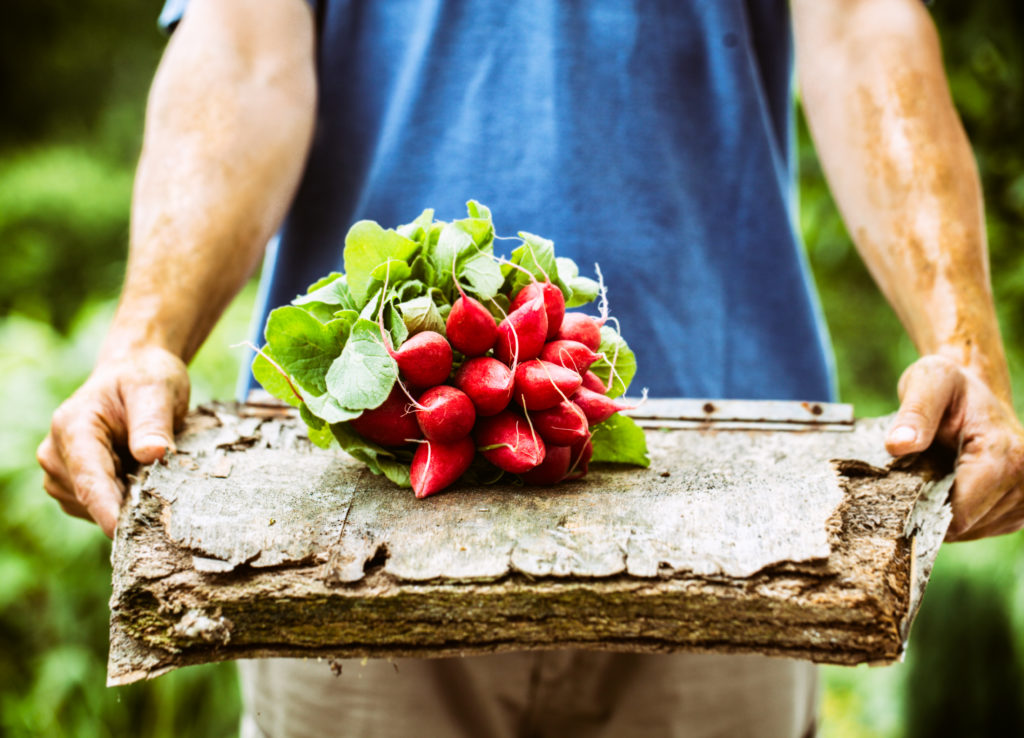
Radishes are one of the most straightforward vegetables to plant, and you can sow them in succession throughout the year for a consistent harvest. They can go from seeding to harvesting in as little as a month. Their soil must be kept moist at all times due to their rapid growth. They’ll bolt if you don’t water them regularly, which means the root will become rough, woody, and nearly inedible. Also, harvest radishes while they’re young, and when they grow larger, they become woodier.
When the ground has warmed up, radishes are better sown directly into the soil. Sow seeds 1 inch apart or thin to that spacing as required. Pull a couple of plump roots as soon as you see them sticking out of the ground to see if they’re ready.
8. First Early Potatoes.
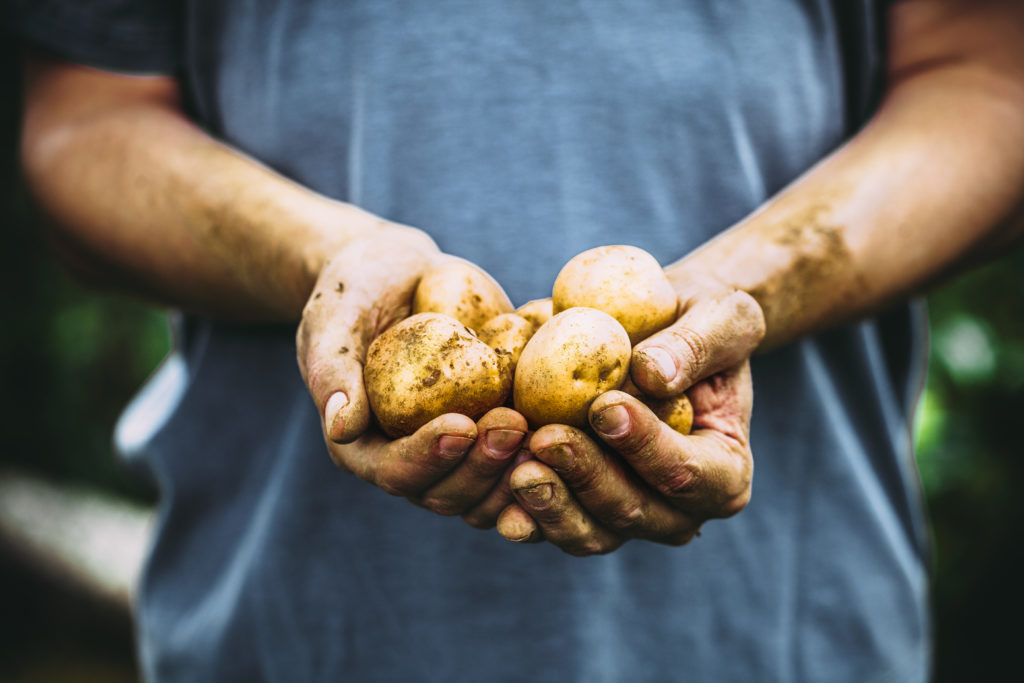
Potatoes are one of the most widely grown vegetables and a garden staple. They’re easy to expand, but the types classified as earlies are the most straightforward. This is due to the fact that first-early potatoes take 8-10 weeks to produce a crop, while second-earlies take 10-12 weeks. They can prevent blight and pest damage due to their shorter growing time.
In late March or early April, plant them outside, 12 inches apart and five inches deep. When the plants have their first green leaves, earth them up or fully cover them with soil or compost. The foliage will be protected from late frost, and the leaves will continue to grow.
7. Lettuce.
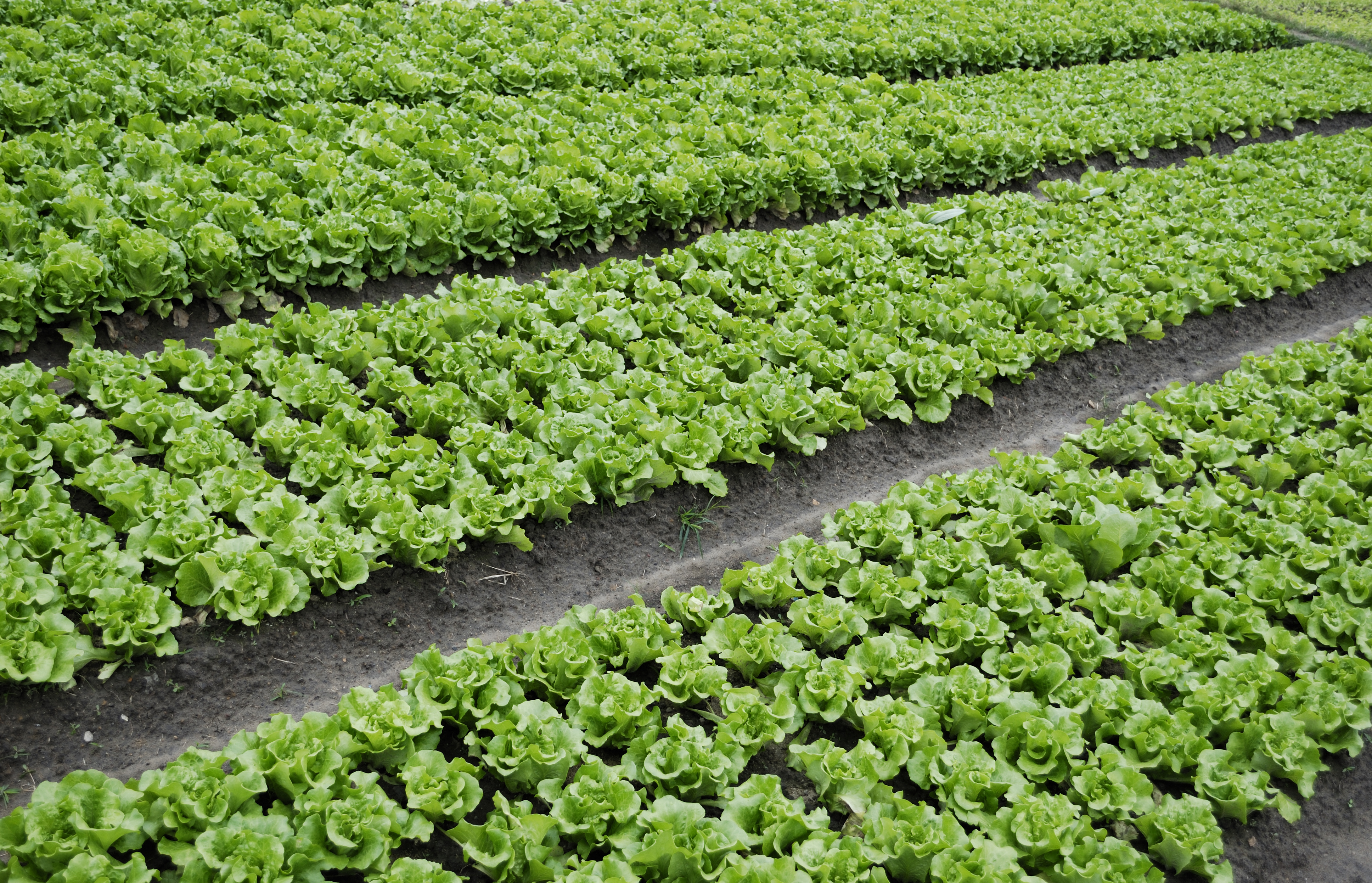
There are various lettuce varieties to choose from, all of which are simple to produce. There are several different types of leaves, textures, tastes, and colors, some of which form a central head and loose-leaf. Cut-and-come-again lettuce varieties are ideal for getting several harvests from a single sowing.
Lettuce may be planted in the garden, potted, or grown on a windowsill. They like to be in the light, but they can also tolerate some shade. Sow outside from March onwards for a summer harvest, and sow regularly to ensure a steady supply of leaves. Seeds should be sown thinly in rows, about a quarter-inch wide, and seedlings should be spaced 12 inches apart. To prevent bolting, water periodically during hot and dry periods.
6. Garlic.

Garlic is a common crop to grow because it is low-maintenance once developed. There are two styles of necks: hard necks and soft necks, each with several variations. Specific cloves should be planted in the fall or early spring, with the tip of the clove one inch below the soil level. Plant cloves in a grid or double rows, six inches apart. Over the next few months, green leaves will sprout and expand, and the garlic will be ready to harvest once the two bottom leaves have turned yellow.
Lift the bulb with a fork and spread it out to dry in a well-ventilated area. Garlic bulbs can be kept at room temperature for several months, which is why you’ll sometimes see them braided and hanging in kitchens.
5. Peas.
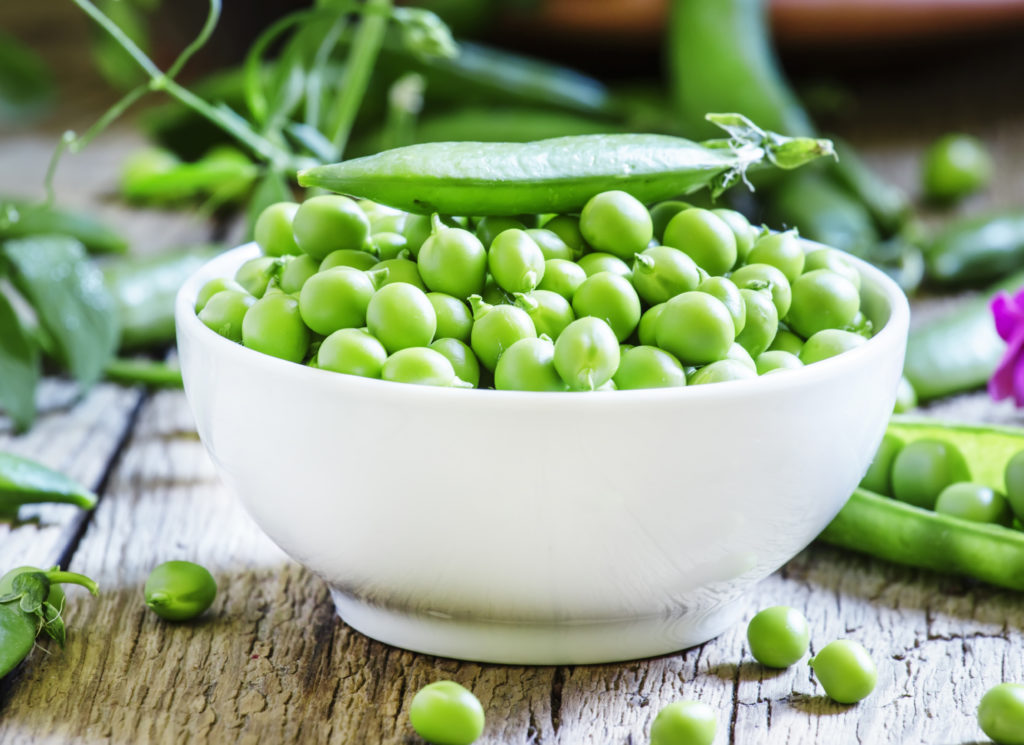
Fresh peas are a summer delicacy that can be eaten straight from the vine. Mangetout peas (also known as snow peas) are a type of pea that can be eaten whole, flat pod and all. The pod of sugar snap peas (snap peas) can also be consumed, but the pod is much rounder. Garden peas (also known as English peas in the United States) are shucked from the pod. All of them are easy to grow.
Peas can be started indoors in early spring or planted directly in trenches once the frost has gone. They need supports to ascend and must be watered regularly, regardless of the form. The pods are ready to harvest once they have reached a good size. The plant will continue to produce a good supply of pods if you harvest them on a regular basis.
4. Zucchini (Courgette).

Zucchini plants are highly productive, and one or two plants can produce a lot of delicious summer squash. Fruit comes in various colors and shapes, including classic green, yellow, striped, and ball-shaped varieties.
Plant seeds in pots in April, and after the chance of frost has passed, plant them in their final spot. Zucchini plants are voracious eaters, necessitating a continuous supply of moisture and nutrients. Mix in compost or other organic matter before planting, and feed the plants tomato fertilizer during the season for the best yield. Remove the fruit from the stem with a sharp knife when they are four to six inches long. Harvesting zucchini, while they are smaller, ensures a consistent supply and prevents the development of marrows.
3. Rhubarb.
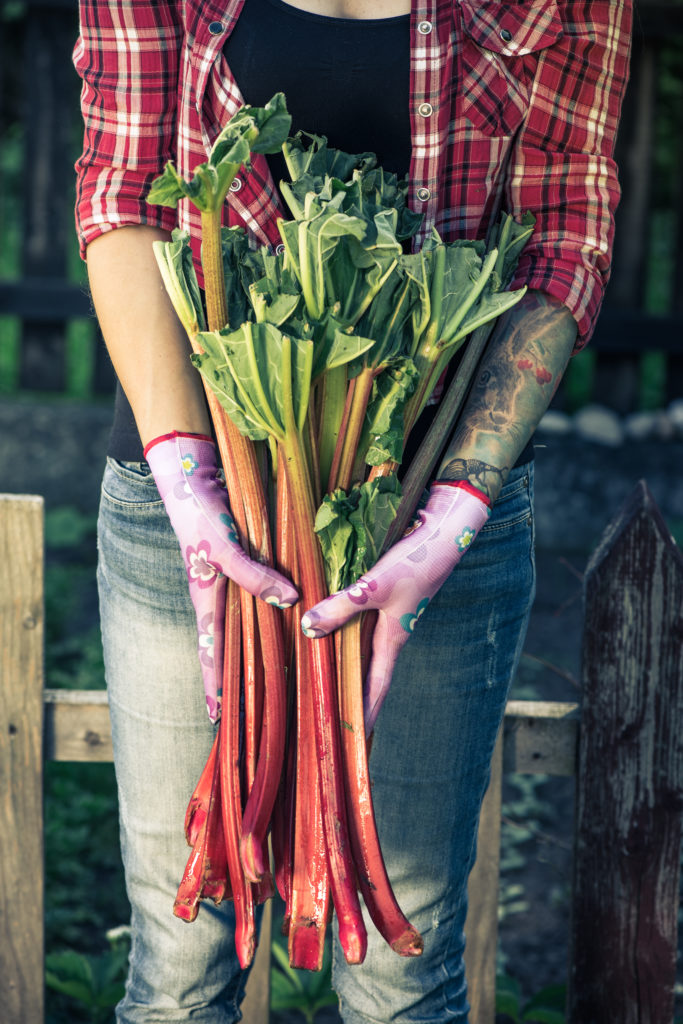
Rhubarb is an old favorite crop and a perennial plant that will have a plentiful supply of tasty stalks for decades. Though we usually think of it as a dessert fruit, it’s a simple vegetable to grow. The easiest way to grow rhubarb is to purchase crowns and plant them 30-40 inches apart in the winter. If you know anyone who grows rhubarb, see if they’ll split their plant and give you a piece of the crown.
Rhubard prefers moist, well-drained soil in a sunny location. Keeping the soil fertile is essential for a productive, long-lasting rhubarb crown. In the fall, mulch around the crown but not on it, and feed with a general fertilizer in March.
2. Welsh Onions.
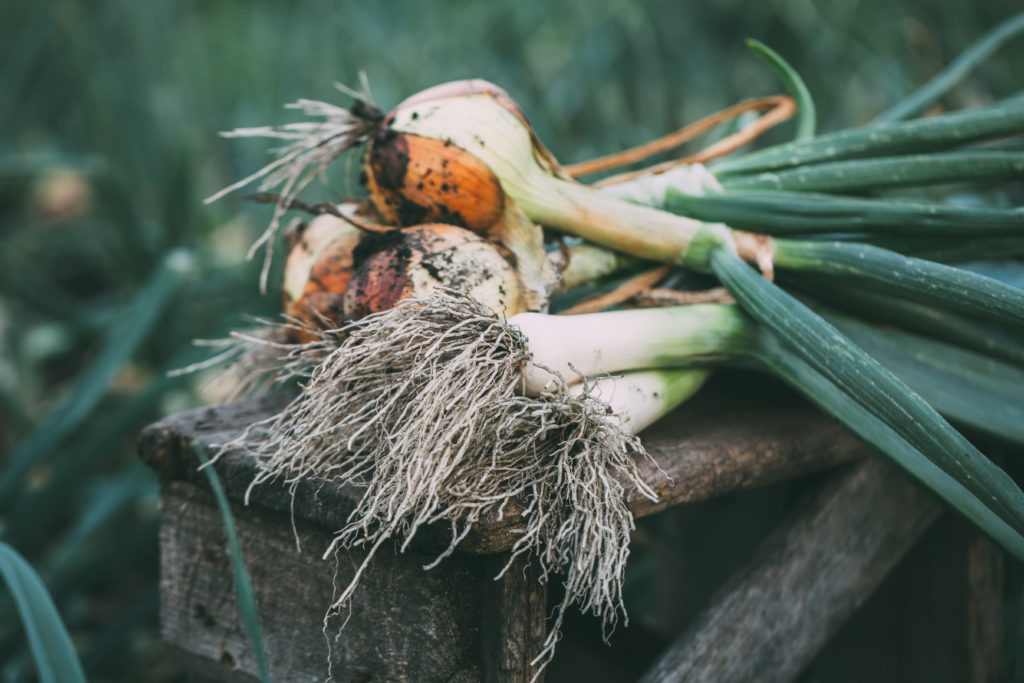
Welsh onions are perennial vegetables from which you can make giant chives or onion greens by cutting the leaves. Perennial vegetables are particularly simple to grow because they can be harvested year after year with minimal effort. The plant will continue to grow in the spring, summer, and autumn if the bulb is not harvested.
Welsh onions grow in clumps and can be started from seeds or a division from a mate. In the spring, sow seeds indoors and then transplant seedlings outdoors once the chance of frost has passed. During hot and dry weather, the plants may need to be watered, but they are drought-tolerant. Cut only the green sections of the leaves from the plant to harvest as a perennial. However, the whole plant is edible, including the tiny bulb.
1. Runner Beans.
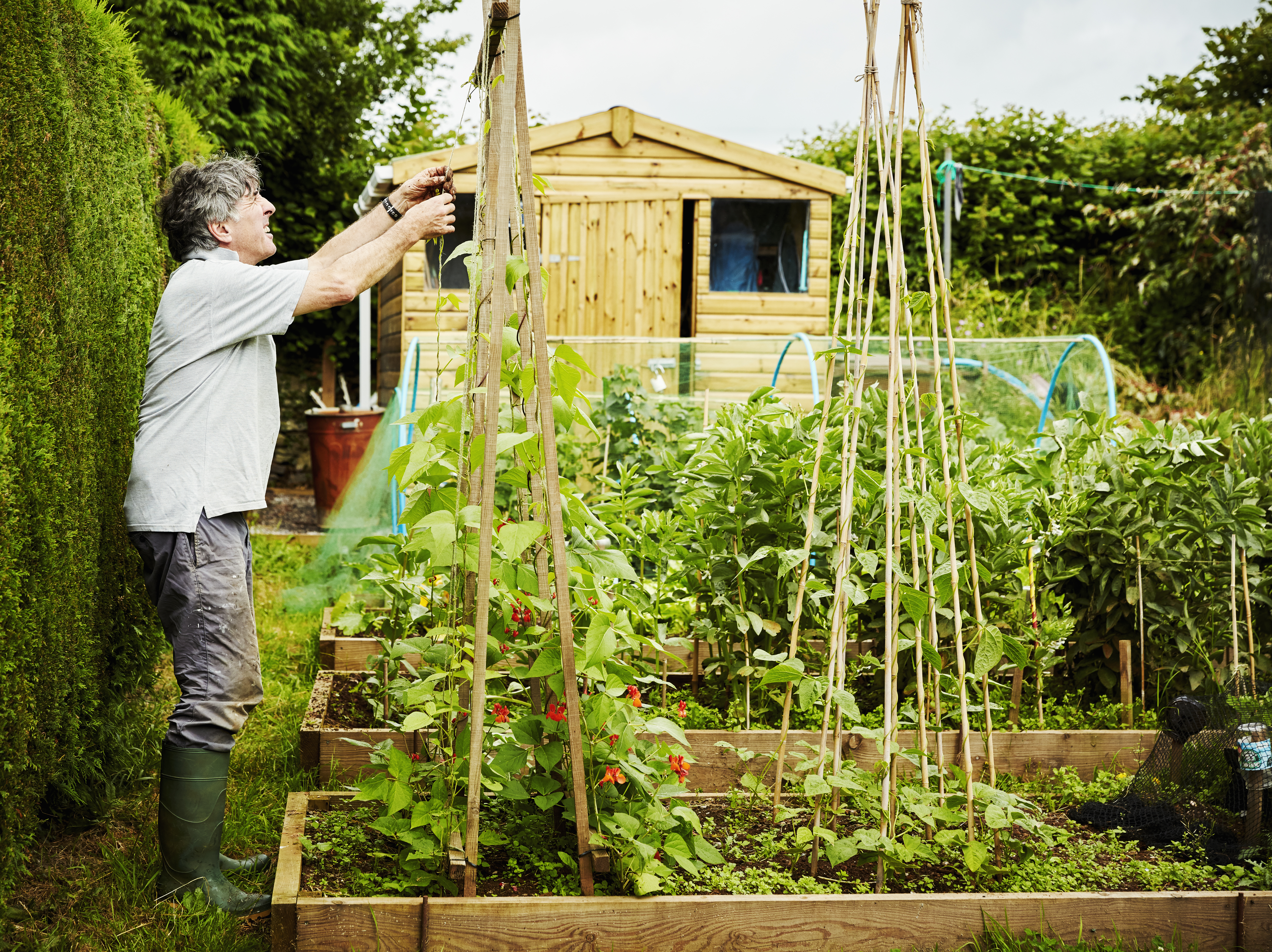
Runner beans are prolific plants that produce a lot of food in a limited amount of space. They produce masses of long green beans by climbing wigwams, netting, trellises, and whatever else you offer them. They also have a different appearance and texture than French beans, and they’re much easier to grow.
In April, sow runner bean seeds in containers, ready to transplant after the last frost. You can also sow them directly in the soil when they’re ready to grow, but since you’ll need to do so after your last freeze, this will likely result in a much later harvest. Runner beans need a warm, sunny location as well as a climbing frame. Plant one or two plants per pole and tie the shoots to the cane with a gentle knot.
If you are looking to start your garden, check out the links below for our recommended books and audiobooks.
Don’t forget to download the free ebook too.
Backyard Gardening Book (paperback)
Backyard Gardening Book (audiobook)
Urban Gardening Book (paperback)
Urban Gardening Book (audiobook)

